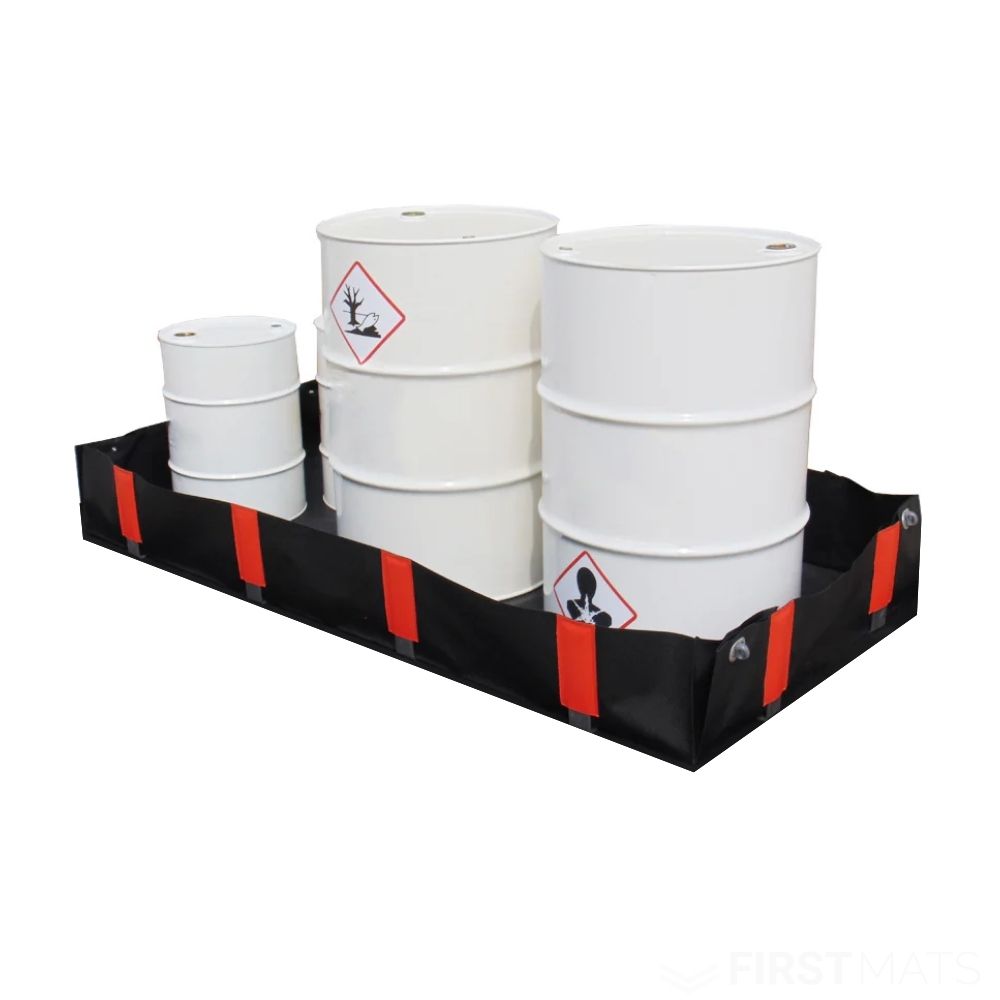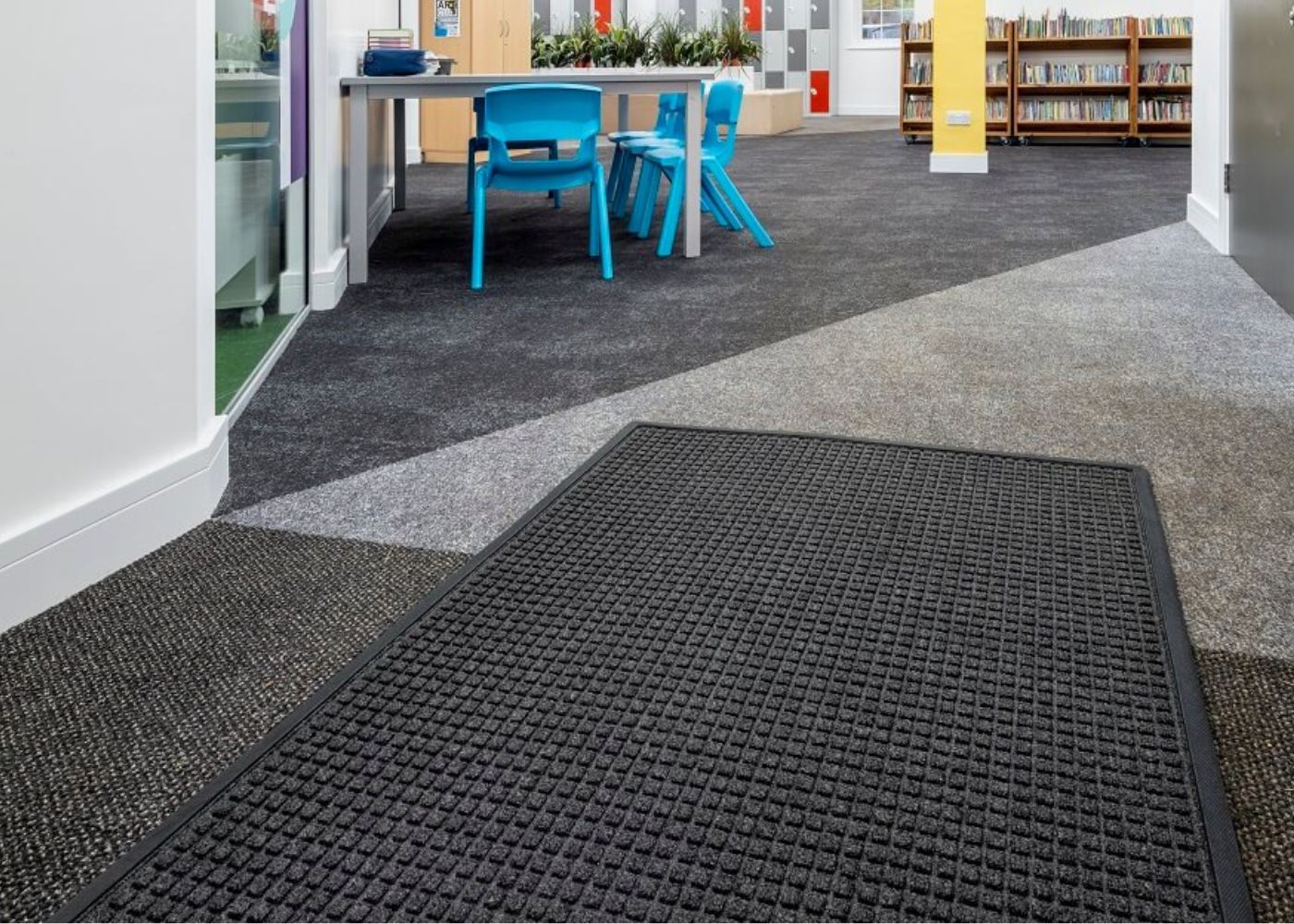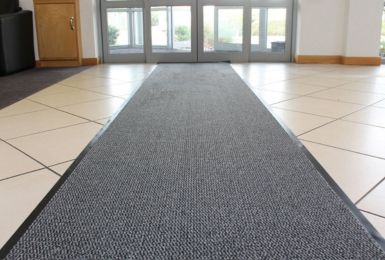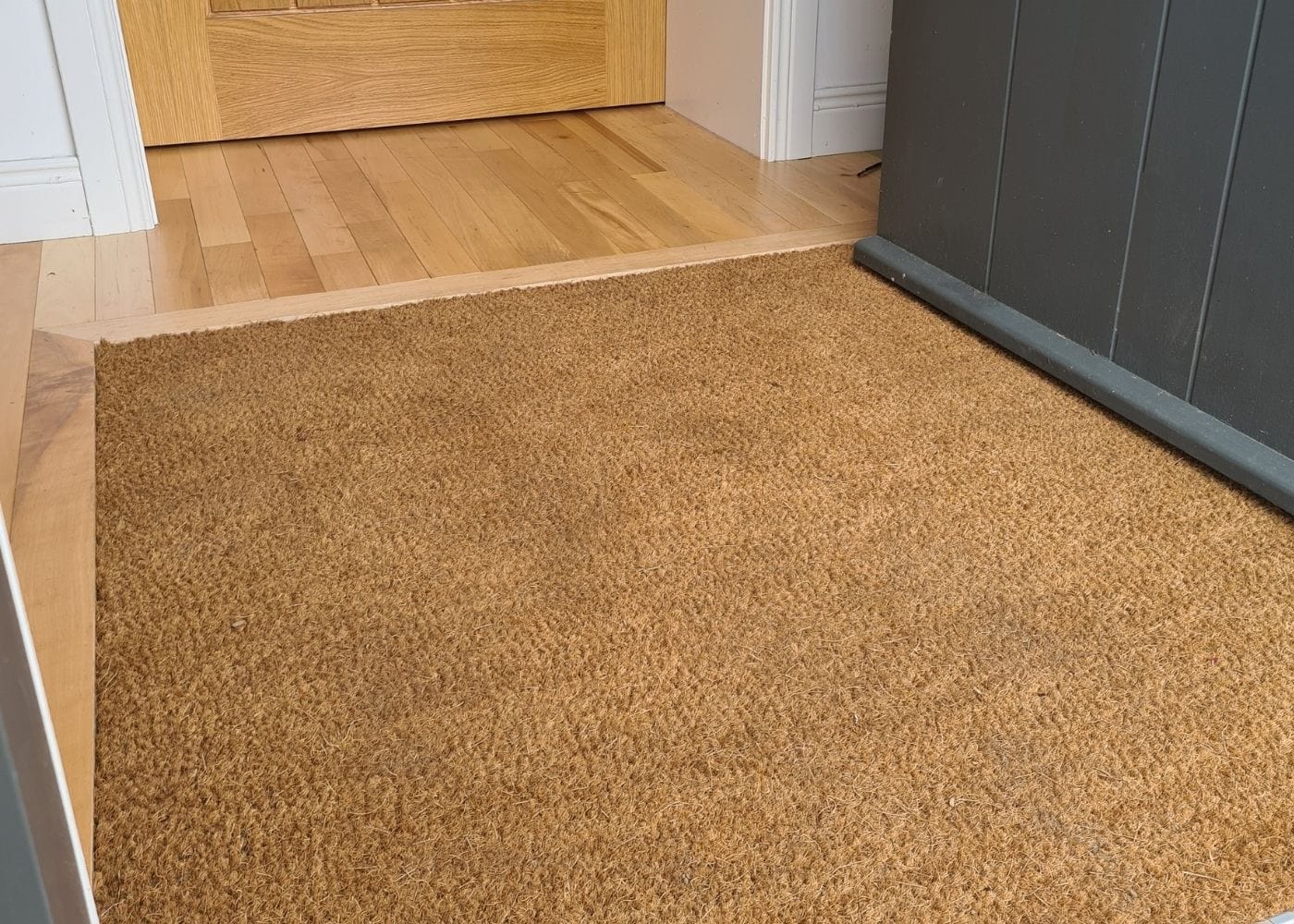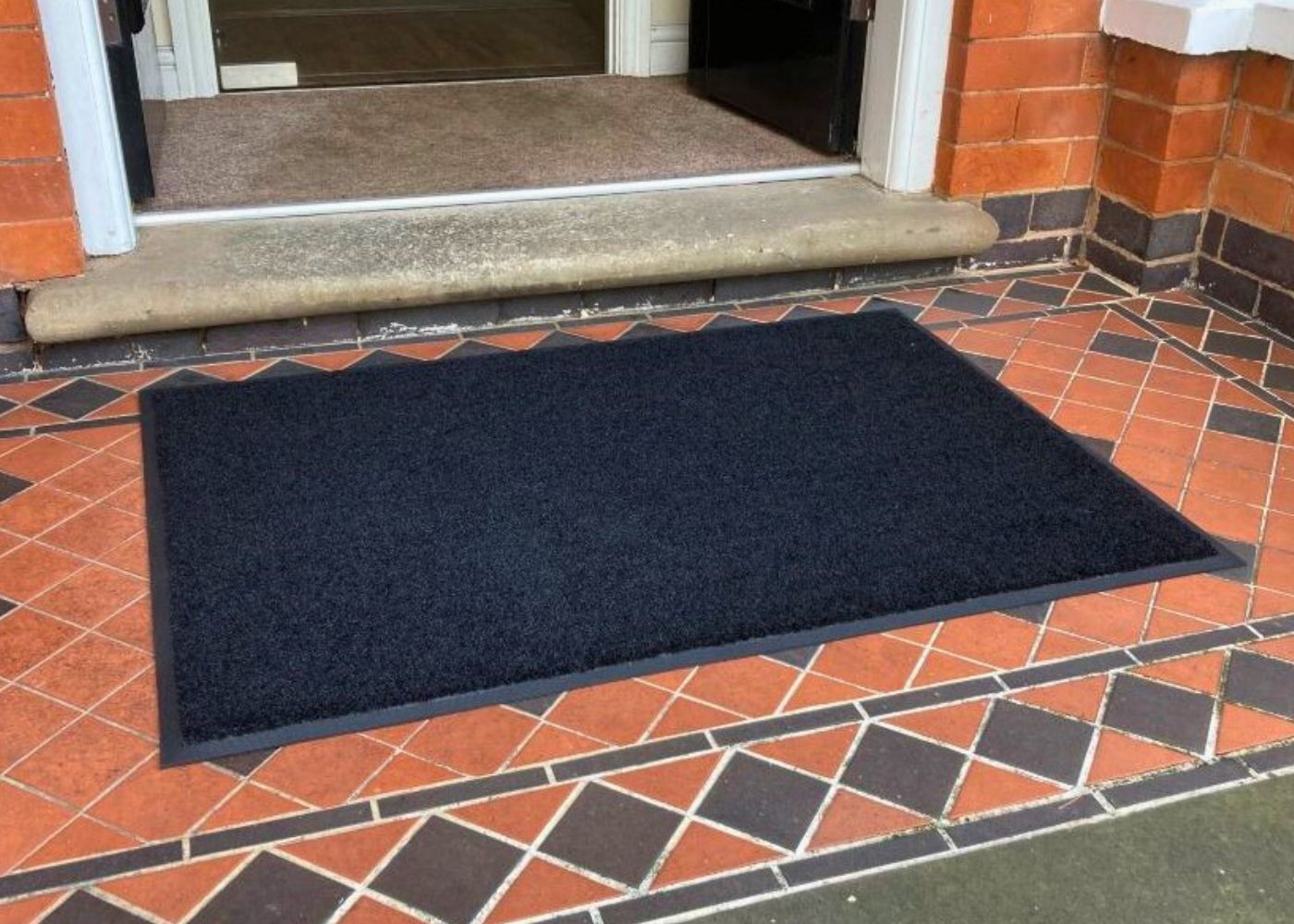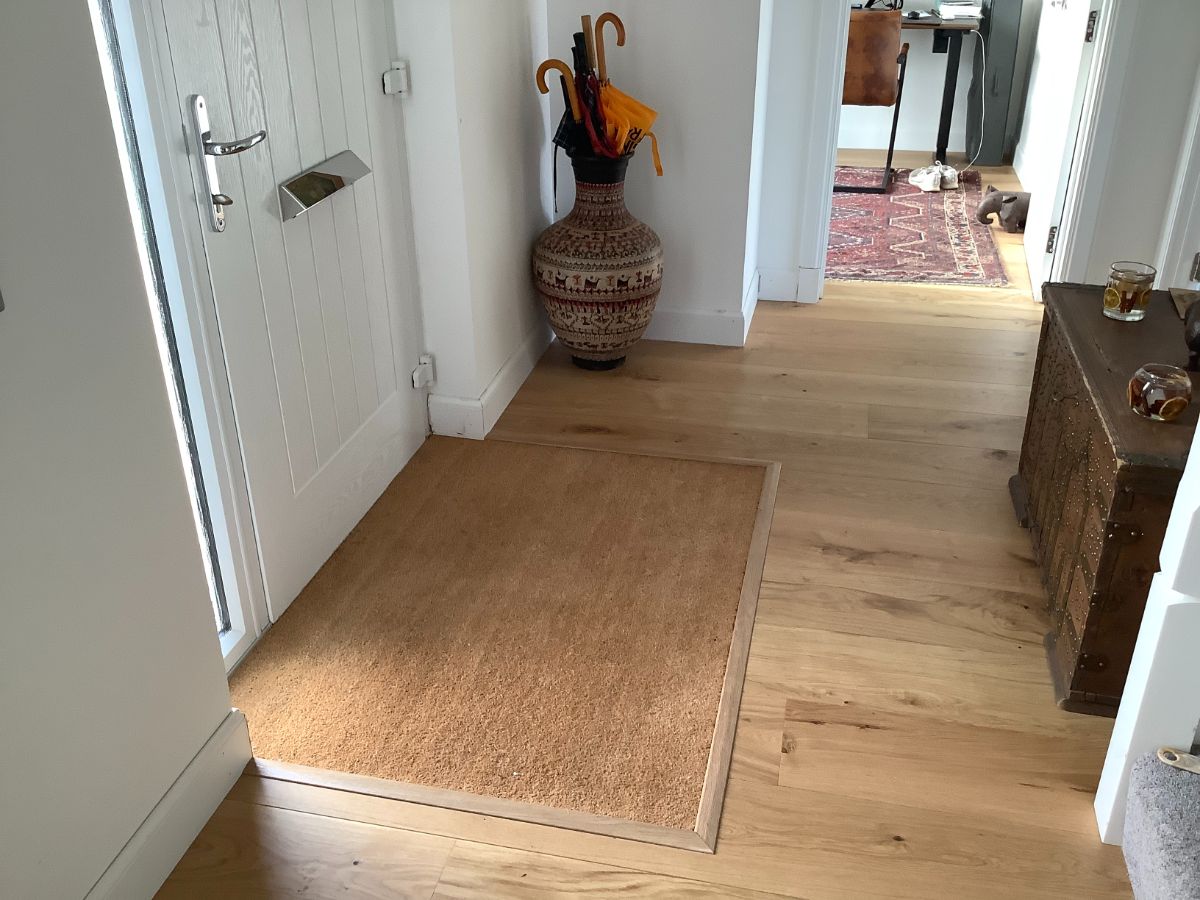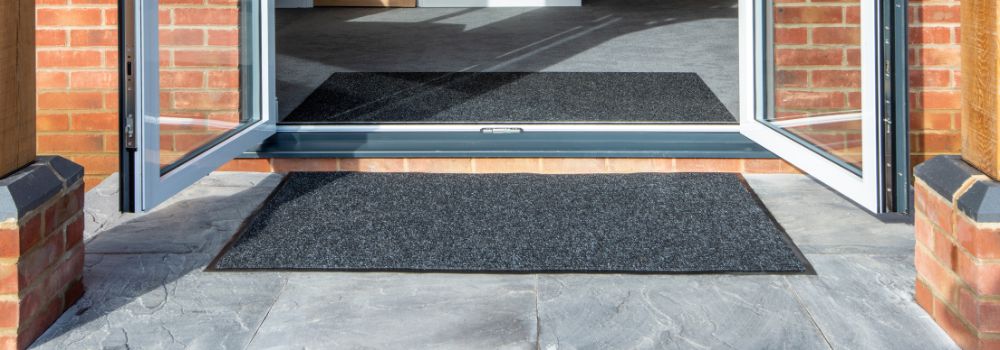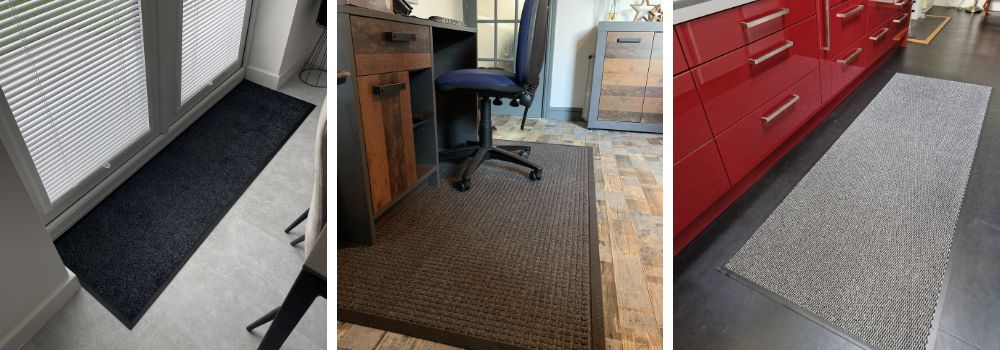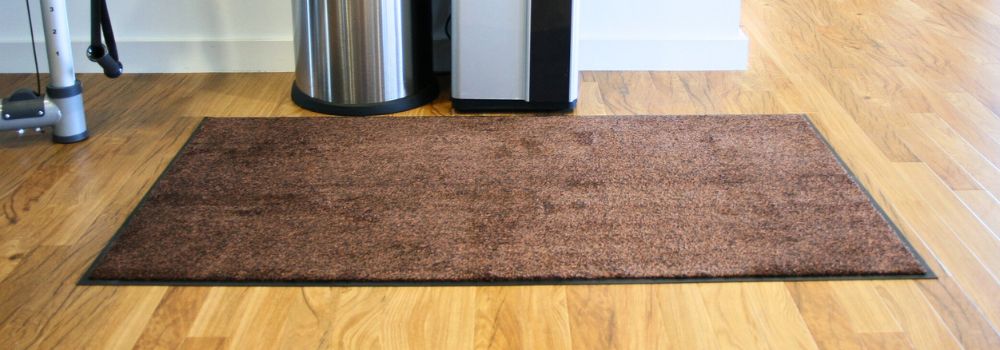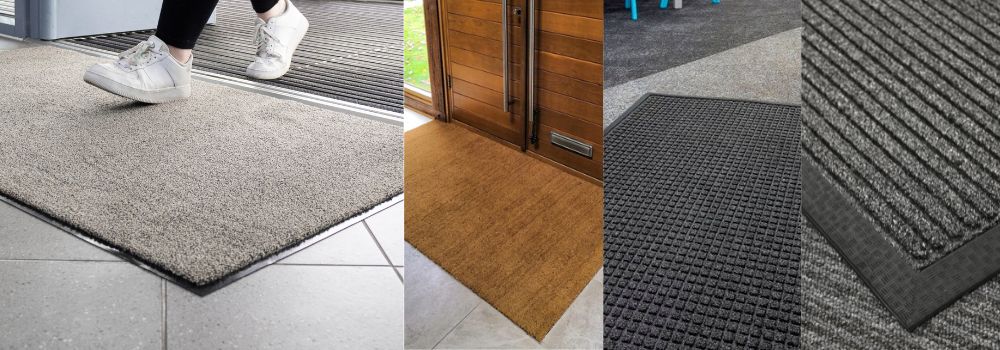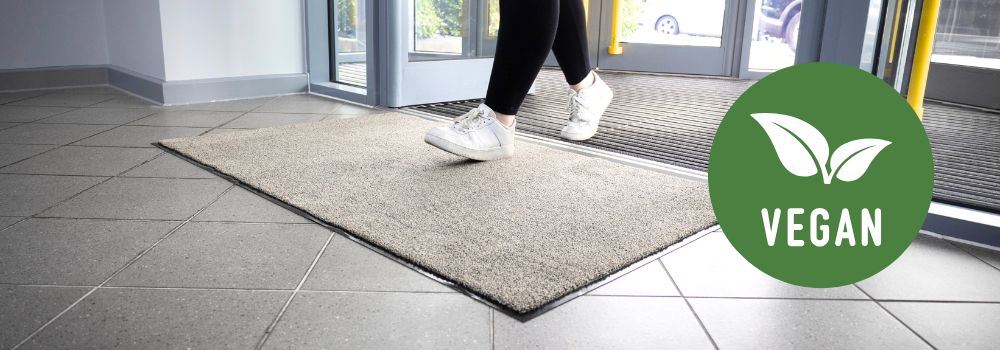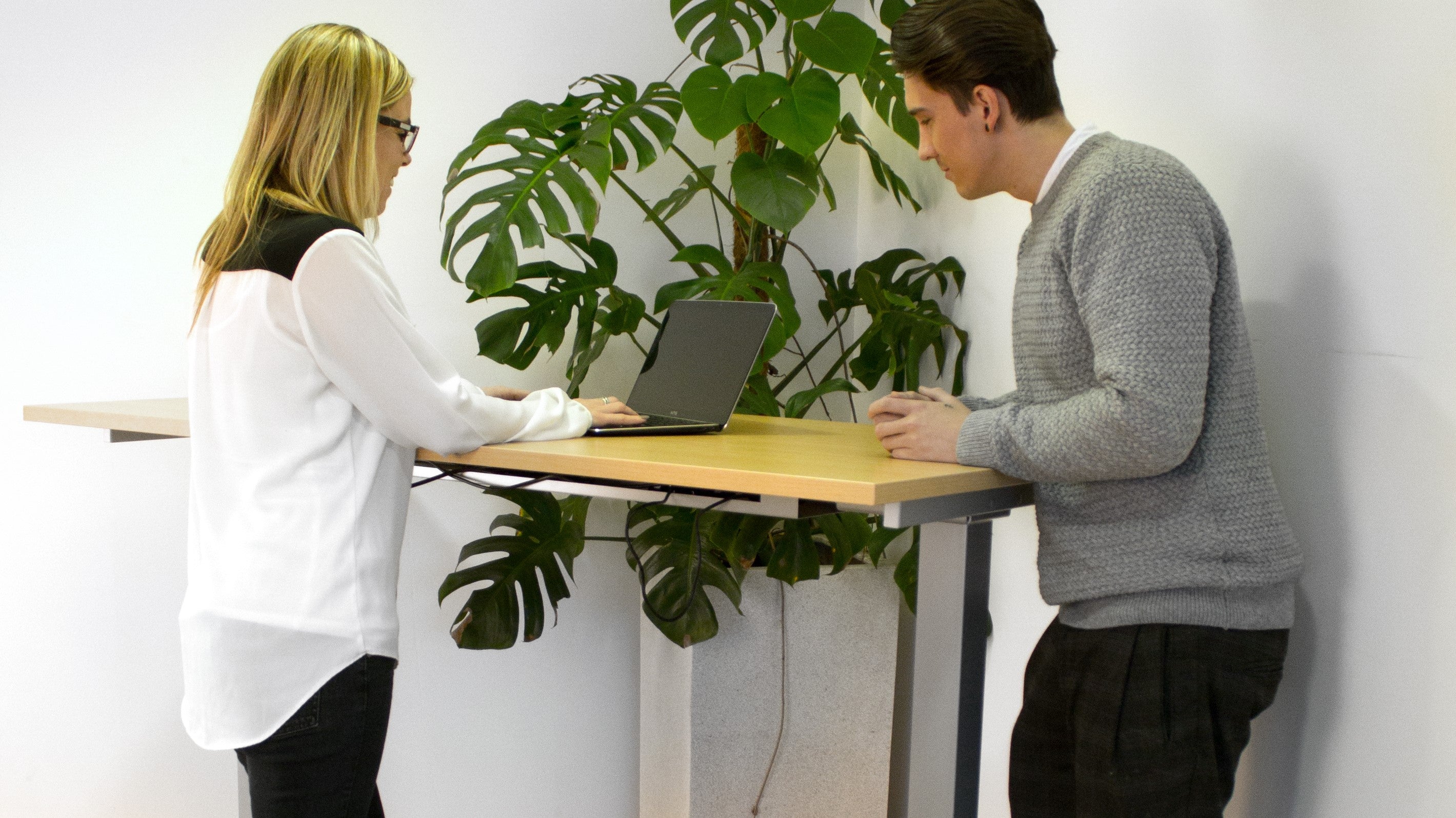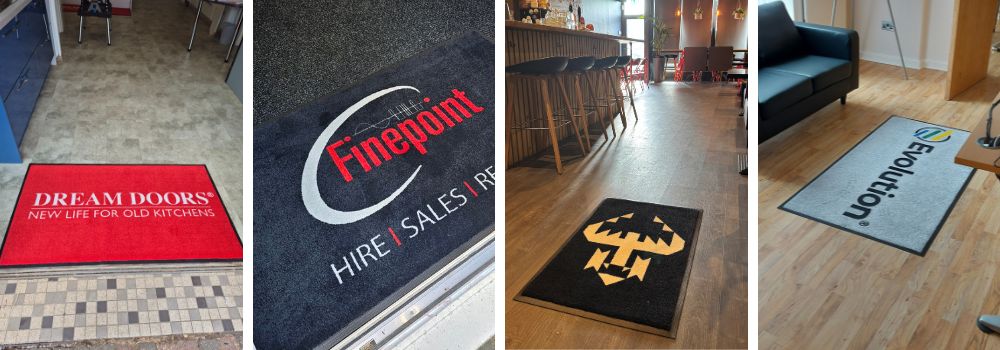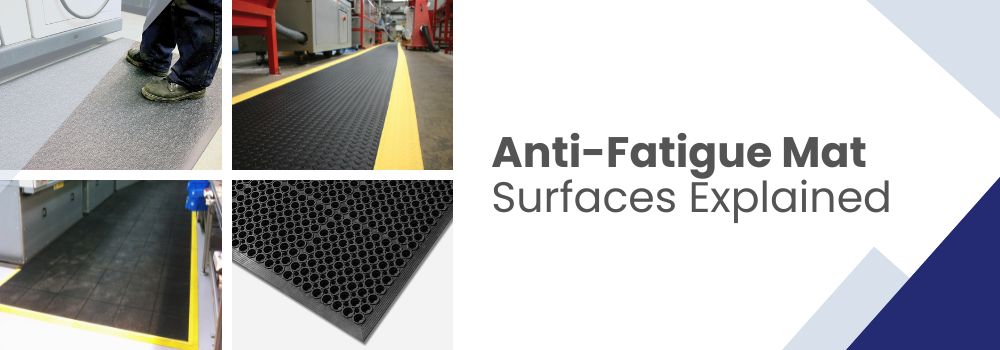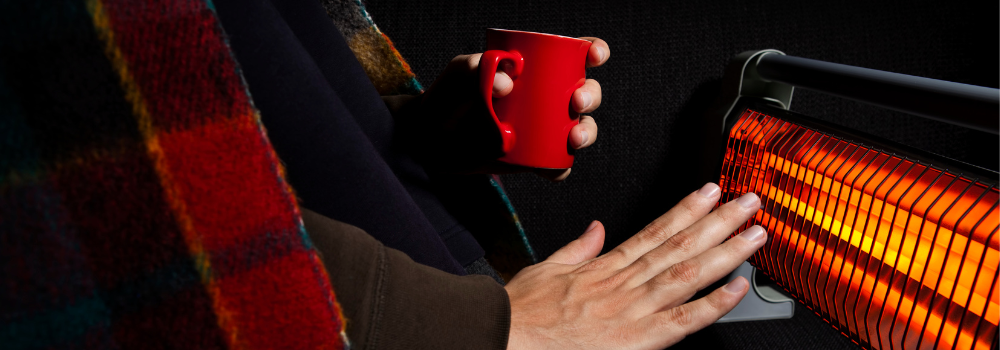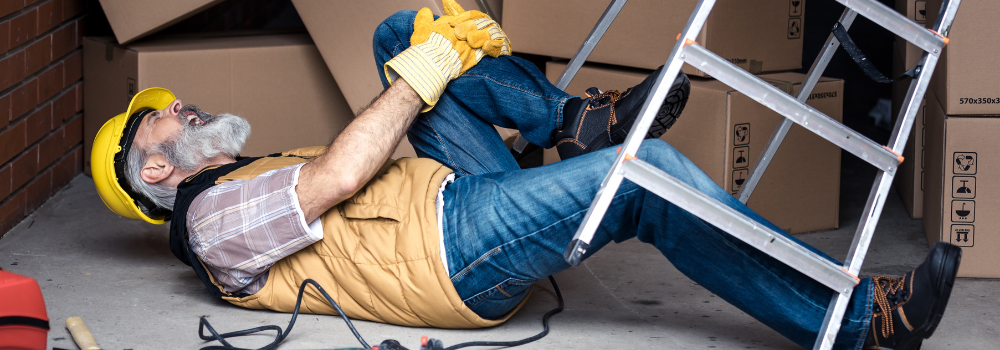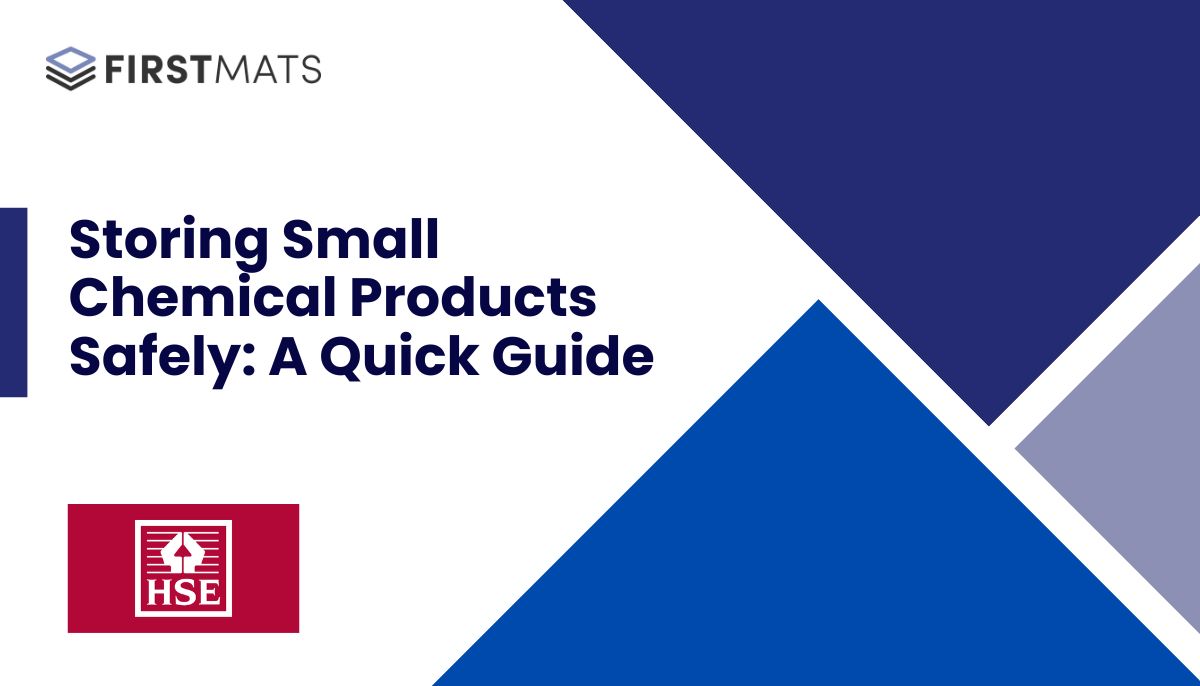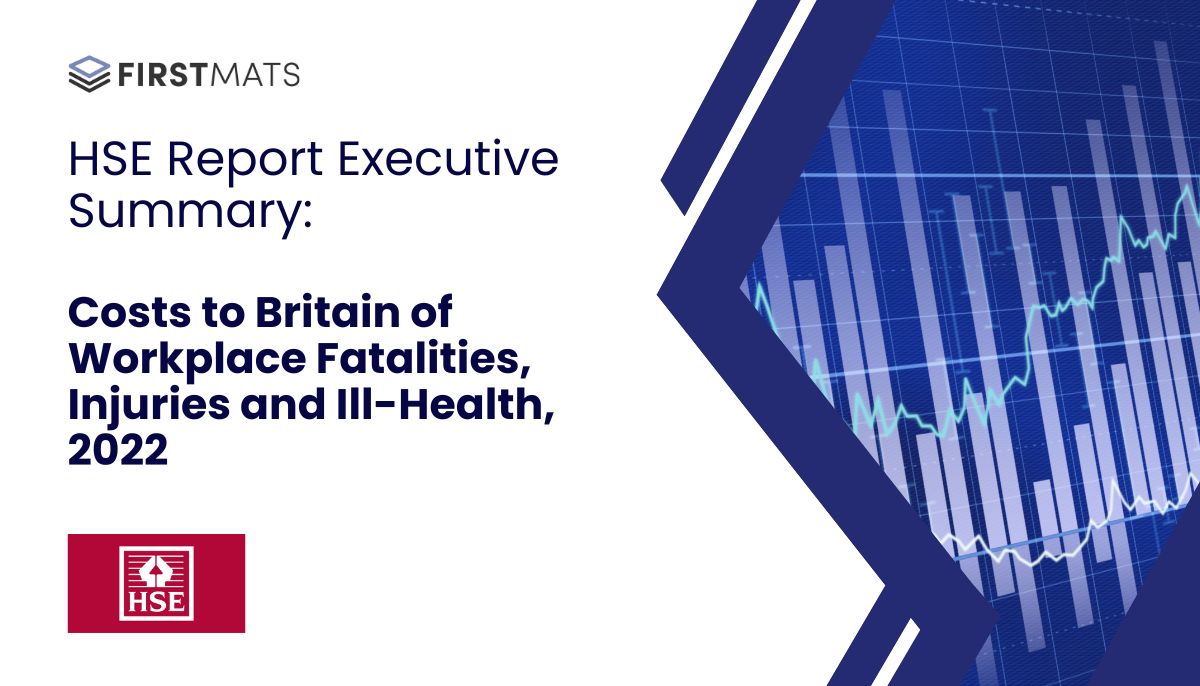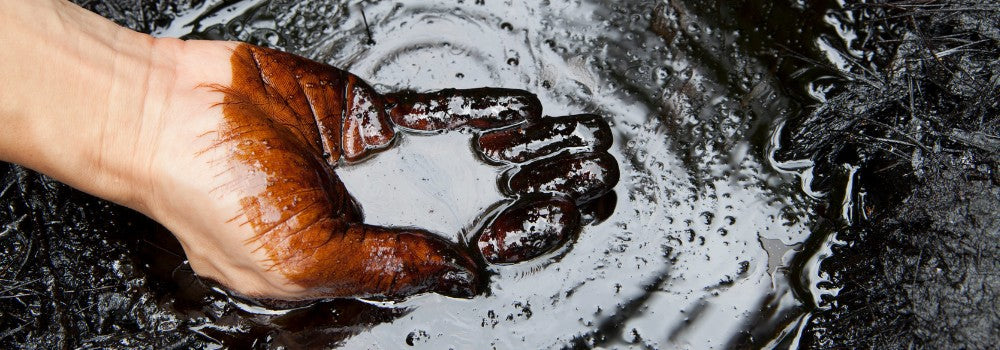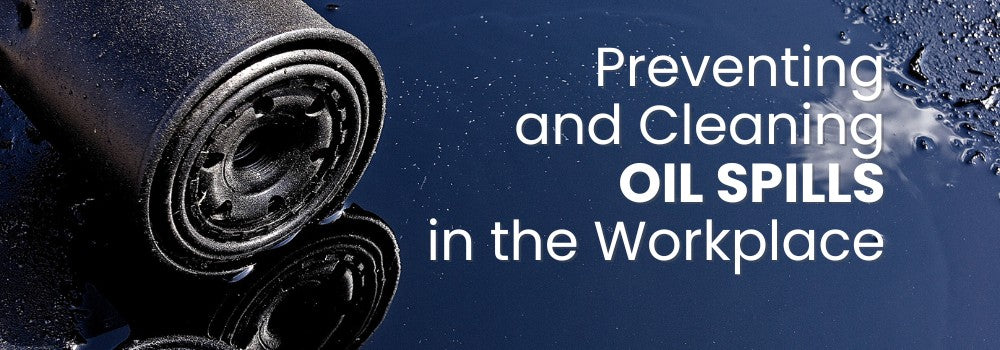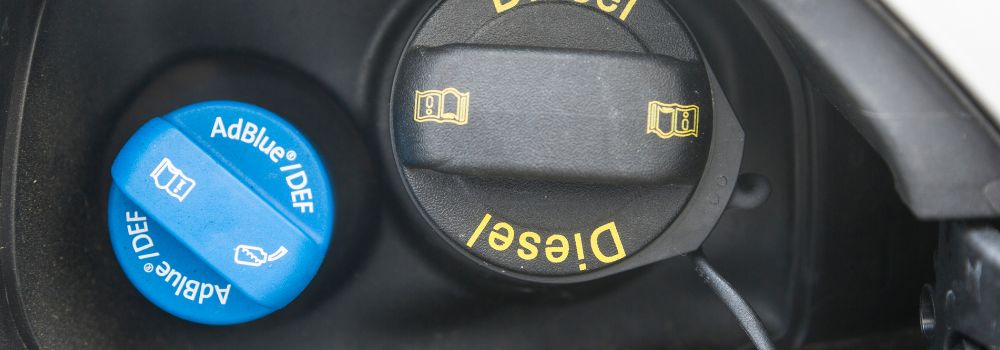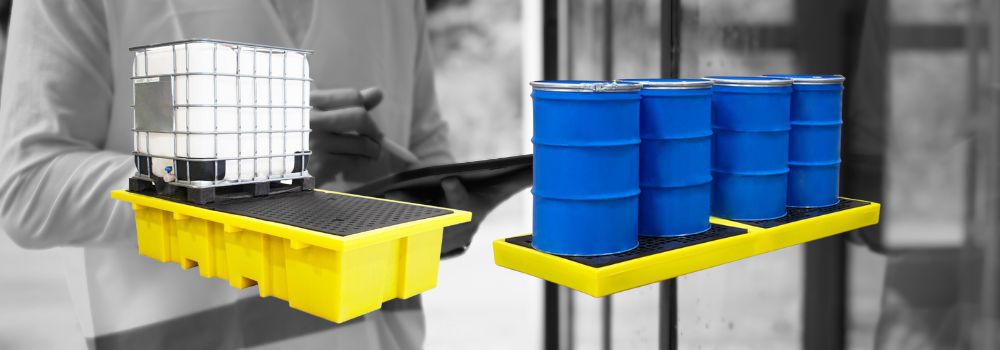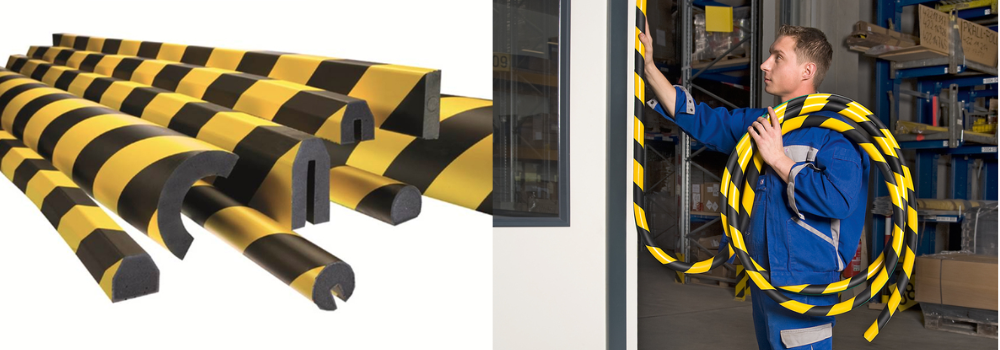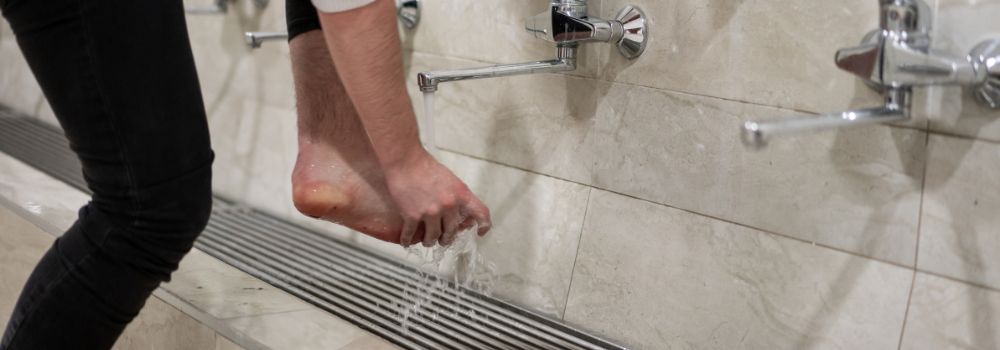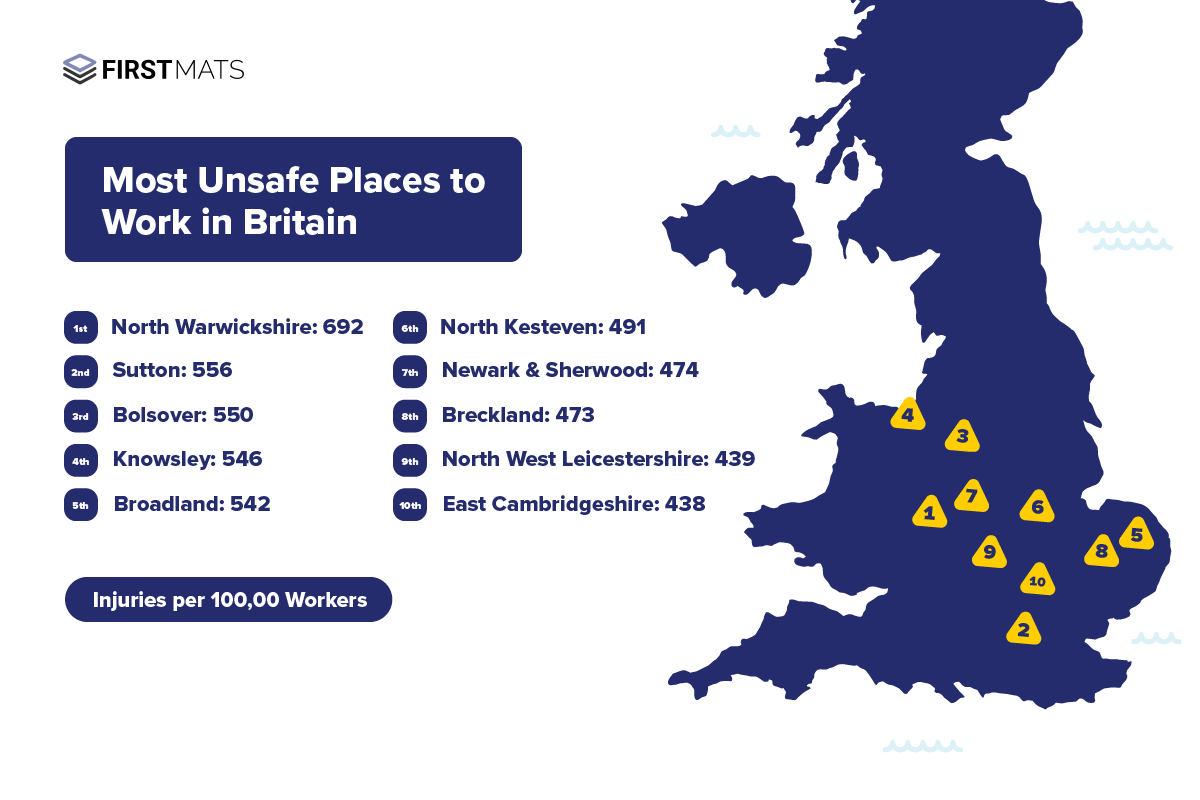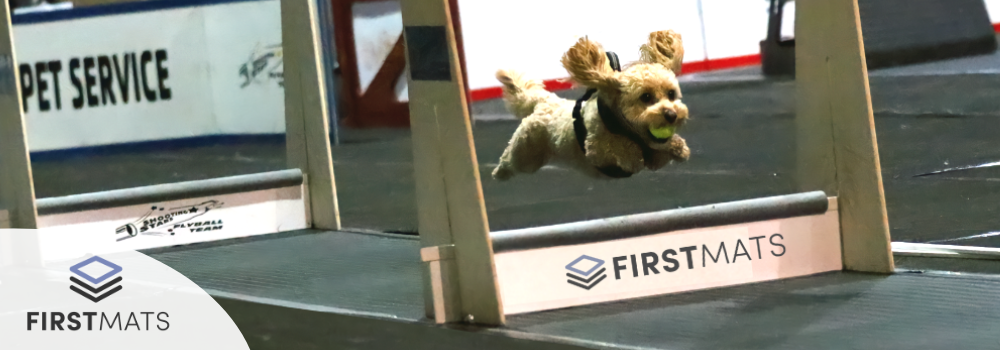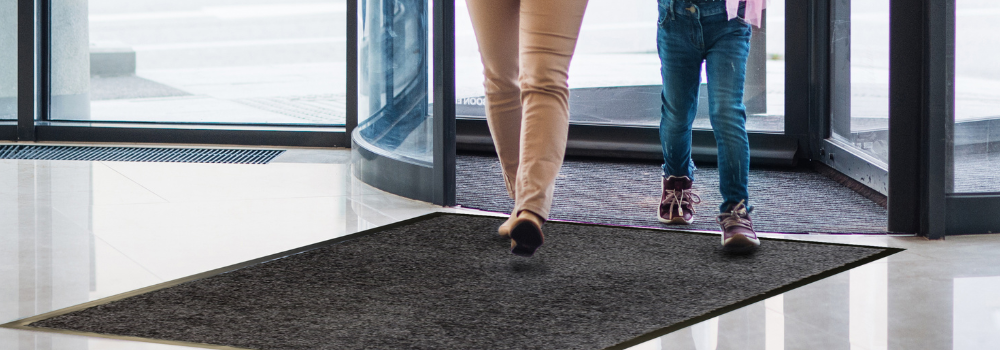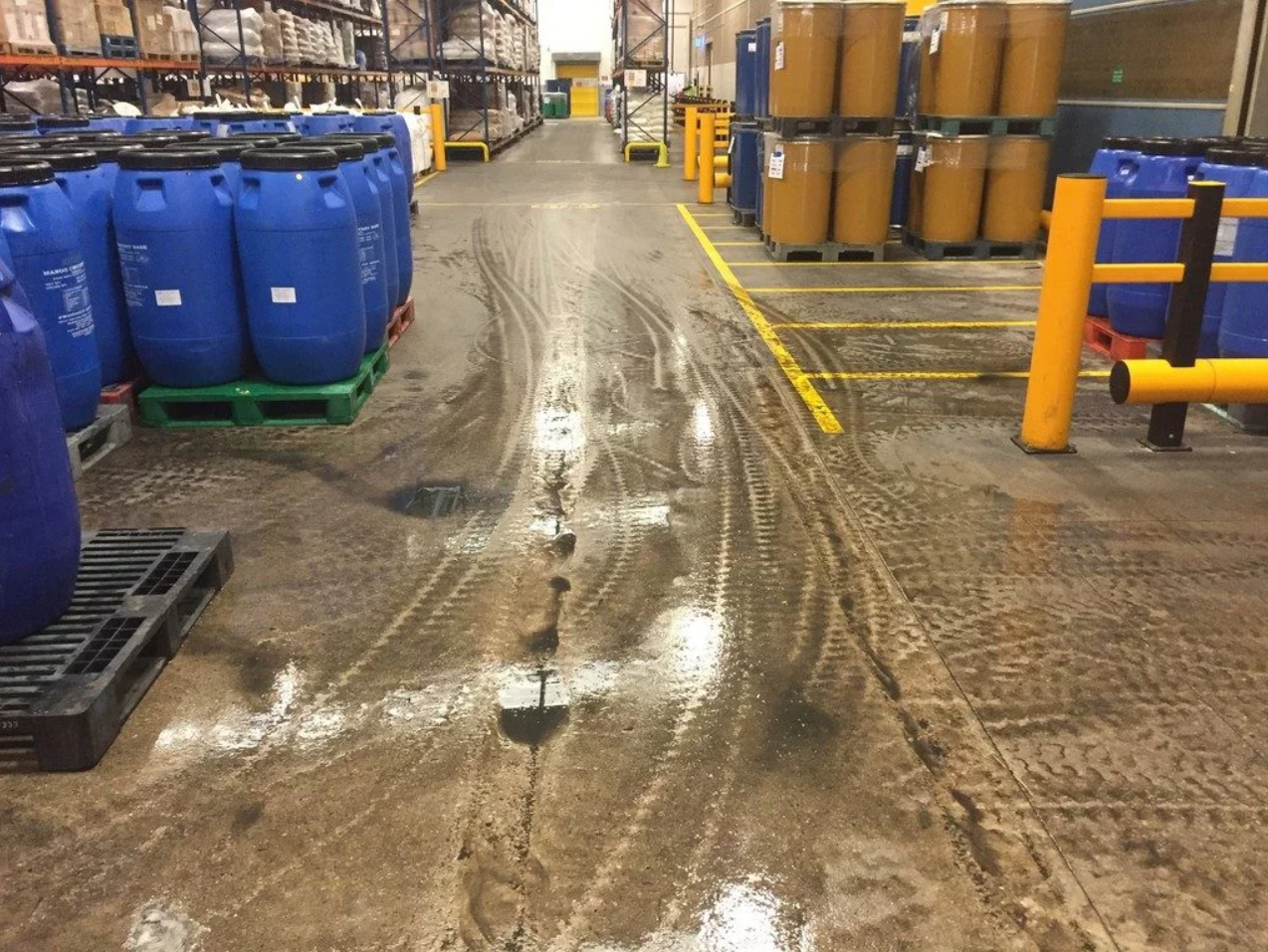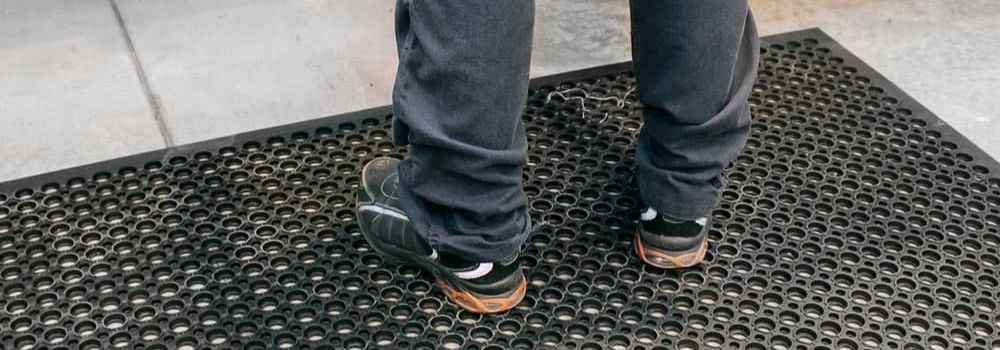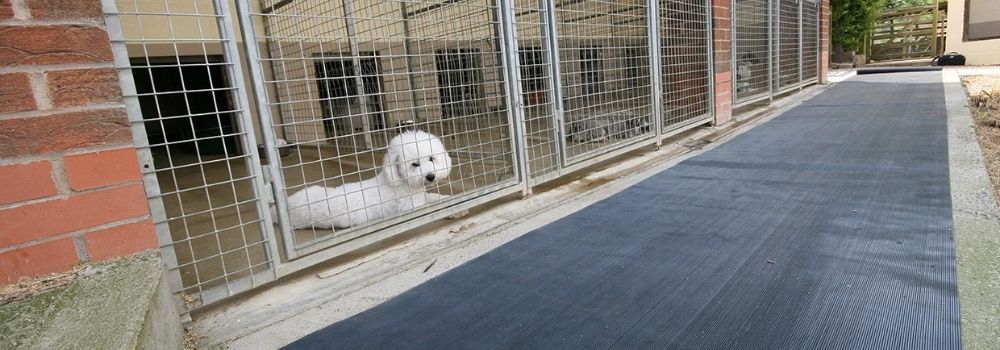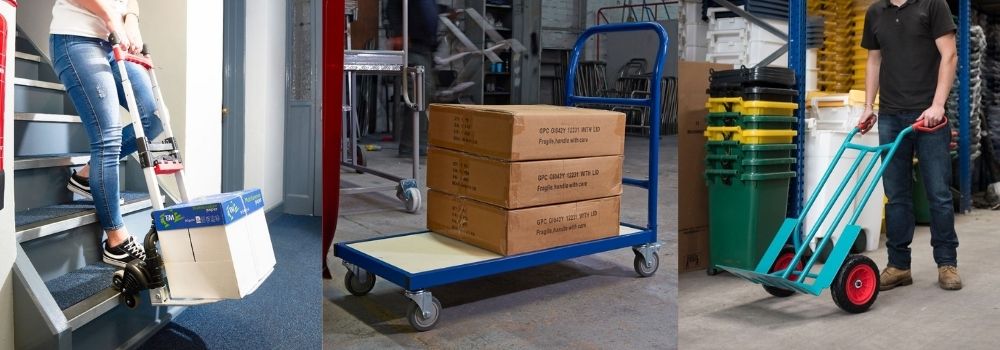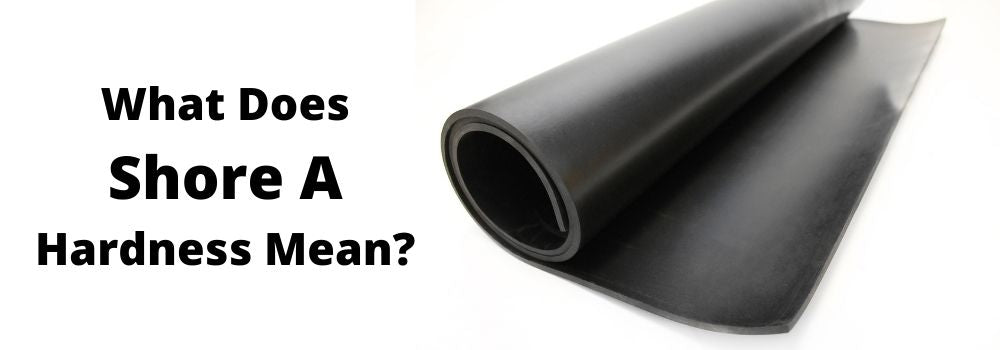How to keep warm at work: Cost-effective ways to beat the bills

by Richard O'Connor
Jun 07, 2024 | *7 minutes to readAre you concerned about your business running costs now that energy prices have gone through the roof? Electricity prices have increased 74% for large industrial units in the past ten years, while gas has risen 250% over the past couple of years. Perhaps you’re looking for ways of keeping your workforce warm at work for less?
The wholesale cost of buying UK electricity this winter

Keeping your workforce warm should be a priority because cold workers are less productive. Long-term exposure to the cold can result in long-term health problems: respiratory, musculoskeletal, and cardiovascular disorders, as well as a range of debilitating skin problems.
Turning the heating up is one solution, but it will impact your profit margin, and it's no good for workers in some of the UK's coldest working environments, such as construction, fishing and agriculture, caretakers, and emergency responders.
This article explores practical ways to keep warm at work that could positively impact your energy bills and help boost productivity.
Why is it bad to be cold in the workplace?
Being cold in the workplace isn't just unpleasant — it can have negative health repercussions that impact a person's productivity and quality of life. The Health & Safety Executive (HSE) states that workers are at particular risk from the cold wherever the ambient temperature falls below 10°C.
However, if the air temperature is 10°C, but the wind speed exceeds 20mph, then the temperature is effectively 0°C, which is particularly hazardous. And in the UK, we can generally expect ambient temperature below 10°C from November all the way to April.
Of course, cold temperatures don't only affect outdoor workers — some employees work in cold environments in factories and warehouses, which are typically poorly insulated.
Cold temperatures can thicken the blood, increasing blood pressure and tightening the airways. This leaves people with chronic health conditions, such as COPD, at particular risk of ill-health and even hospitalisation during cold snaps.
Long-term exposure to the cold is linked with respiratory- and musculoskeletal disorders and an increased risk of cardiovascular diseases and skin conditions.
How to keep warm at work
We live in increasingly litigious times, so it's no longer good enough just to expect people to like it or lump it. And when energy prices are sky-high, turning up the heating might not be the best response.
Luckily, there's a range of low-cost, common-sense approaches to staying warm at work that might not necessarily reduce your energy bills but will protect your workforce and your machinery from long-term cold exposure.
Keep windows and doors closed with thermal curtains
Well, they say the most obvious answers are sometimes the best.
One significant problem in warehouses is the constant movement of people, vehicles, and stock. And sometimes, it's simply not practical to keep doors closed, especially delivery bays.
But you can mitigate the impact of permanently open doors with PVC Strip Curtains. Installed over windows and doorways, they help minimise interior heat loss from open doors.

PVC Strip Curtains are surprisingly affordable and will pay for themselves in energy savings in weeks rather than months. They help prevent dirt, dust, and debris from blowing into your unit, and they help minimise heat loss — keeping the cold IN for freezers and cold storage while keeping the cold OUT in warehouses and factories.
PVC Strip Curtains are made from thick, transparent PVC and are easy to install. As well as heat retention, they help minimise noise pollutionand help keep your heating costs down. In fact, they’re considered so effective that the American government have made it a legal requirement to cover freezers or coolers with strip- or spring-hinged doors to minimise air movement.
Maintain airflow with fans
It might feel counterintuitive, but fans help maximise airflow and heat distribution. Remember, heat rises — most of your precious heat sits in the rafters.
So, installing ceiling fans (running at a low-medium speed) can actually help redistribute the warmth from the ceiling down to the floor, which is where people are more likely to be working.
Alternatively, high-volume low-speed fans (HVLS) help move the warm air around your warehouse, pulling the air away from the ceiling. These units are relatively low-energy, so they won't significantly impact your energy bills.
However, that might not be practical for all working spaces, especially chilly offices.
So, this might seem a bit bonkers, but placing a floor-standing fan in front of a radiator will help distribute warmth around the room.

Wear Layered Clothing
One of the simplest ways to keep warm at work is to dress appropriately. Layering your clothing helps retain the heat your body produces while working and is a particularly effective strategy for overcoming cold weather.
You might think it's better just to wear your coat, but one heavy garment can be restrictive, and you're likely to get too hot. The last thing you want to do in cold environments is sweat - rapidly making you cold again.
Layering your clothing makes it easier to regulate your body temperature — peeling off just one layer (or adding one) can help you find a comfortable working temperature.
Opt for lightweight materials such as polyester or polypropylene weave for the inner layer — these synthetics help wick moisture away from the skin, keeping you dry and warm. Avoid cotton because it absorbs water like a sponge and takes a long time to dry, and that wetness will make you feel colder.
Yourmiddle layer is often referred to as the insulating layer. This loose-fitting layer should be wool or fleece because these materials are more breathable and are warm even if they get wet.
And finally, the outer layer should be made from a waterproof, insulated fabric, especially if you work outside. Coats or jackets with thick, woollen collars are ideal. And make sure your outer layer has big pockets for easy access to tools, documents, and job essentials.
Ultimately, staying dry is an essential part of keeping warm at work. So, it’s always advisable to have a set of dry clothes with you — just in case.
Protecting your extremities
It’s all very well layering your clothing, but what about your head, hands, and feet?
The myth that we lose half of our body heat from our heads was disproven in 2008. Nonetheless, most people have less fat around their heads, hands, and feet than the rest of the body, which is why we need to protect them from the cold.
To protect your head from the cold, consider:
- Beanie hats
- Insulated balaclavas
- Freezer hoods
To protect your hands:
- Well-insulated gloves — polyester is excellent at protecting your hands. Make sure your gloves don’t interrupt your dexterity.
- Fingerless gloves — for jobs that require continual dexterity
To protect your feet:
- Waterproof, insulated work boots and
- A single pair of woollen socks.
Keep your feet warm with insulated matting
Many warehouses and factories have cold concrete floors, which radiate the cold when the weather outside is arctic. Cold feet can cause muscle weakness, numbness, burning or tingling sensations, and even full-on pain. And numb feet are extremely dangerous in the workplace, exacerbating the possibility of slipping, tripping, or falling.

Anti-fatigue rubber matting is the ideal solution for cold feet, keeping shoes away from cold concrete floors. Rubber is an excellent insulator and offers supportive cushioning for the feet and legs, which helps maximise blood flow (helping keep the feet warm).
Keep warm at work with a hot water bottle
Of course, one of the simplest and cheapest ways of keeping warm at work is with a hot water bottle. We've also heard of people heating a potato in the microwave and keeping it in their pocket till lunchtime, but — perhaps — that sounds a little dangerous.
But it just goes to show that the pursuit of warmth is common to everyone, and with some savvy solutions, we can keep employees and ourselves warm at work.
Do you have questions?
We hope we’ve given you lots of good ideas about how to keep warm at work this winter. But we’d love to help if you have questions. Get in touch, and we’ll happily talk you through some of our affordable workplace products.
Explore More Topics
Frequently Asked Questions
If you have any questions, we’re here to help
How long does delivery take?
Each product comes with a specified lead time for delivery. We'll keep you informed if there are any delays in meeting this timeline.
Typically, once you’ve finalised your order and approved the proof, it will take 4-5 business days to make and deliver your finished mat.
If my order is damaged, can I return or exchange it?
Got a problem with your order? If something's not right or you're not thrilled with the quality, just let us know within 14 days of getting it. Drop us a line, and we'll tell you what to do next—usually, it starts with you sending us a photo of the issue. Once we check that out, we'll sort you out with a refund or a new item, no fuss.
Can I get my mat delivered more quickly?
Need your item in a hurry? Just Contact us to explore the faster delivery options we might have for you!
If my custom mat is damaged, can I return or exchange it?
Got a problem with your order? If something's not right or you're not thrilled with the quality, just let us know within 14 days of getting it. Drop us a line, and we'll tell you what to do next—usually, it starts with you sending us a photo of the issue. Once we check that out, we'll sort you out with a refund or a new item, no fuss.





